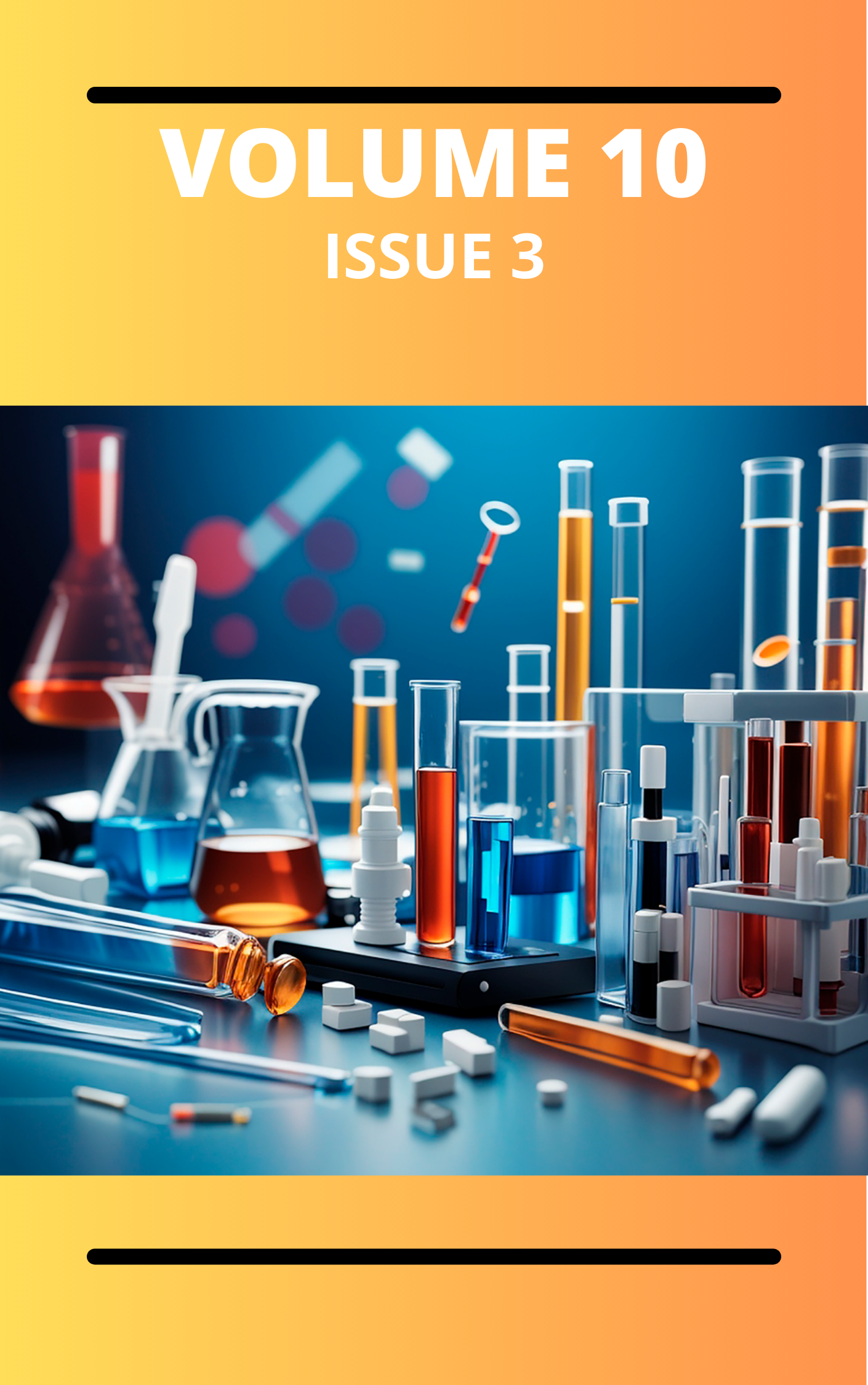Effect of Using Fabricated Motor Generator Device in Teaching Energy Concepts on Basic Science Students’ Achievement of Zamfara Central Education Zone
Keywords:
Basic Science, understanding, achievement, demonstration method, appraisalAbstract
This research work investigated the effect of using a fabricated motor-generator device to teach energy concepts to Zamfara Basic Science Students’ Achievement. The study adopted a quasi-experimental pretest--post-test design. The multi-stage sampling techniques were used to collect data from 101 students representing a sample size for a total population of 2,798 students. The instrument for data collection was developed by the researcher and validated by experts on the concepts of energy, types and forms of energy,. Two research questions and two null hypotheses guided the study. The two null hypotheses were tested at a 0.05 level of significance using analysis of covariance (ANCOVA). The research questions were answered using mean and standard deviation. An energy achievement test (EAT) was used for data collection, a split-half reliability method was used to determine the internal consistency of the instruments, and a reliability coefficient of 0.86 was obtained. The study revealed that the use of a fabricated motor generator in teaching energy concepts can improve achievement with female students performing better than male students. We recommended that teachers of basic science should use a fabricated motor generator when teaching energy concepts but with due consideration of gender preference that provides more attention to the male students.
Most read articles by the same author(s)
- Yunusa Idris, Effect of Reciprocal Constructivist Instructional Approach on Middle Basic Science Students’ Academic Achievement of Kaduna Education Zone, Kaduna State , Communication In Physical Sciences: Vol. 8 No. 2 (2022): VOLUME 8 ISSUE 2
Similar Articles
- Kubugha Wilcox Bunonyo, Innocent C. Eli, Mathematical Modeling of an Oscillatory MHD Blood Flow through a Lipid Saturated Porous Channel with Metabolic Heat and Magnetic Field , Communication In Physical Sciences: Vol. 6 No. 1 (2020): VOLUME 6 ISSUE 1
- Akens Hamilton-Amachree , Ngozi M. Uzoekwe, Phytoconstitution and Antimicrobial Activity of Costus Lucanusianus Floral Volatile Extract , Communication In Physical Sciences: Vol. 9 No. 1 (2023): VOLUME 9 ISSUE 1
- Franca Amaka Nwafor, Augustine Friday Osondu Ador, Stress Concentration at a Sharp Corner of an Elastic Strip under Anti-Plane Strain , Communication In Physical Sciences: Vol. 11 No. 4 (2024): VOLUME 11 ISSUE 4
- Jibril Yahaya Kajuru, Hussaini Garba Dikko, Aminu Suleiman Mohammed, Aliyu Ibrahim Fulatan, Generalized Odd Gompertz-G Family of Distributions: Statistical Properties and Applications , Communication In Physical Sciences: Vol. 10 No. 2 (2023): VOLUME 10 ISSUE 2
- Yisa Adeniyi Abolade, Bridging Mathematical Foundations and Intelligent Systems: A Statistical and Machine Learning Approach , Communication In Physical Sciences: Vol. 9 No. 4 (2023): VOLUME 9 ISSUE 4
- Chukwuemeka. K. Onwuamaeze, Christopher. I. Ejiofor, An Improved Defragmentation Model for Distributed Customer’s Bank Transactions , Communication In Physical Sciences: Vol. 5 No. 3 (2020): VOLUME 5 ISSUE 3
- Faith Osaretin Osabuohien, Green Analytical Methods for Monitoring APIs and Metabolites in Nigerian Wastewater: A Pilot Environmental Risk Study , Communication In Physical Sciences: Vol. 4 No. 2 (2019): VOLUME 4 ISSUE 2
- Forward Nsama, Development of Sustainable Finance Strategies for Climate-Resilient Infrastructure Investments Across U.S. States , Communication In Physical Sciences: Vol. 12 No. 6 (2025): Volume 12 ISSUE 6
- Kolawole Ismail Adekunle, Abubakar Yahaya, Sani Ibrahim Doguwa, Aliyu Yakubu, On the Exponentiated Type II Generalized Topp-Leone-G Family of Distribution: Properties and Applications , Communication In Physical Sciences: Vol. 11 No. 4 (2024): VOLUME 11 ISSUE 4
- Thomas Ndidi Asiwe, Idongesit Bassey Anweting, Atim Sunday Johnson, Nzikahyel Simon, Solomon Enejo Shaibu, Eco-Friendly Synthesis and Characterization of Silver and Zinc Nanoparticles Using Aqueous Extract from the Bark of Antiaris toxicaria , Communication In Physical Sciences: Vol. 12 No. 1 (2024): VOLUME 12 ISSUE 1
You may also start an advanced similarity search for this article.




